Many flower growers prefer liana-like plants, since they are ideal for landscaping apartments and, with their attractiveness, are able to give any room a unique comfort. In addition, all vines are native to tropical forests, so their flowers are bright and very large.
There are a huge number of representatives of such types of indoor plants for growing at home, but perhaps the most common of them is hoya.
Content
Varieties of wax ivy
At home, the following types of hoya are most often bred:
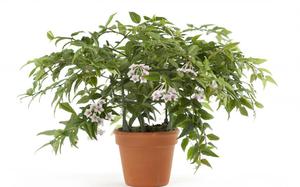 Hoya bella (beautiful or lovely). Such an indoor flower is short and evergreen with hanging or inclined branches that can reach a length of up to 50 cm. Its leaves are small, usually 3 cm, slightly convex and fleshy. The flowers of a beautiful hoya are star-shaped, their core is crimson, and they themselves are white.
Hoya bella (beautiful or lovely). Such an indoor flower is short and evergreen with hanging or inclined branches that can reach a length of up to 50 cm. Its leaves are small, usually 3 cm, slightly convex and fleshy. The flowers of a beautiful hoya are star-shaped, their core is crimson, and they themselves are white.- Hoya carnosa (fleshy). This vine is the most popular. The leaves of the plant are shiny up to 8 cm long, and the inflorescences consist of 20 flowers of a light pink shade. There are species in which the middle is red or with cream edging. Caring for a fleshy hoya is very simple.
- Hoya imperialis Lindl (majestic). This indoor climbing plant with pubescent shoots has oval-oblong leaves, the length of which is about 20 cm. They are smooth and rounded at the base of the plate. Hoya flowers are dark red, greenish-yellow on the outside, collected in umbrellas of 6 pieces.
- Noua multiflora (multiflorous). It is quite easy to care for this type of hoya. It is often found in greenhouses and flower tents.
Hoya home care
Flower transplant immediately after purchase
Since the substrate for wax ivy is quite specific, 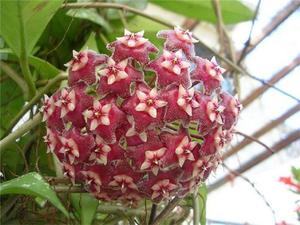 it is better to replant it after purchase... In addition, in the store for sale, the plant is constantly fed with stimulants to maintain its shape.
it is better to replant it after purchase... In addition, in the store for sale, the plant is constantly fed with stimulants to maintain its shape.
There is no need to transplant a plant at home every year. It is enough to do this only once every two years. In this case, the composition of the soil can not be changed, but it is better to take a more spacious one.
Correct lighting
During transplantation, special attention should be paid to the shoots of the plant, for example, too long must be cut off. Flowering usually occurs on short stems. This winding the plant needs bright lighting, it perfectly tolerates exposure to direct sunlight. True, when grown in the sun in extreme heat, it may get burns, so it is worth creating diffused lighting for it at noon. To do this, you can use paper or translucent fabric: tracing paper, tulle, gauze.
The most suitable place for breeding a hoya at home is considered to be a window on the east or west side. Bought a flower that is constantly in the shade should not be placed immediately under the rays of the sun, he needs to be gradually taught to them. If you grow wax ivy on a window on the north side, then due to a lack of light, it simply will not bloom.
In autumn and winter, indoor liana also needs good lighting, but it does not need shading. In the spring, with an increase in the degree of illumination, light should also be gradually taught to prevent burns.
Optimum temperature and watering for vines
Hoya's leaves are quite dense, so they are able to easily transfer dry indoor air. You need to spray them, but not too often. It should be monitored to during active plant growth the earthen lump was not dry. In the summer and spring months, it should be watered as the top layer of the earth dries up.
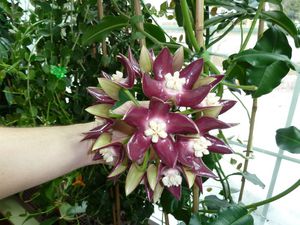 It is necessary to grow wax ivy at an air temperature of 22 to 25 degrees, while often ventilating the room, but not taking it out into the cold air. In winter, care involves reducing watering and stopping spraying. At this time, it is necessary to maintain the temperature regime - 12-15 degrees.
It is necessary to grow wax ivy at an air temperature of 22 to 25 degrees, while often ventilating the room, but not taking it out into the cold air. In winter, care involves reducing watering and stopping spraying. At this time, it is necessary to maintain the temperature regime - 12-15 degrees.
With a warm winter, watering must be carried out depending on the temperature of the content. However, in this situation, flowering may not be so abundant, because the buds are laid during this period at a temperature not exceeding 18 degrees. During cold wintering, hoya should be watered extremely rarely.... Waterlogging of the soil can lead to the fall of its shoots and leaves.
This climbing plant tolerates water showers well. Its leaves can be wiped with warm water to remove dust. You can use a regular sponge for these purposes. During the bathing process, everything dried twigs and leaves must be removed... It is recommended to put the hoya outside under a fine and warm rain at a convenient opportunity, at such a moment it becomes even more attractive and lively.
Top dressing indoor flower
Fertilizers are applied only in spring and summer. At the same time, feeding wax ivy several times a month with complex mineral fertilizer. It is advisable to use products that are specifically designed for flowering succulent plants. If you transplant an indoor flower regularly into fresh soil, then you do not need to use top dressing.
Hoya breeding methods
You can propagate wax ivy at home using different methods:
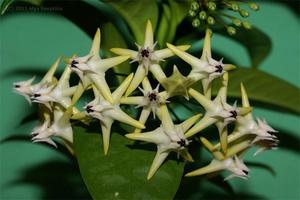 Cuttings;
Cuttings;- Seeds;
- Layers.
The first option is the most reliable and simplest. The cuttings must have several buds and leaves for successful rooting. For this, it is advisable to cut shoots in the fall. They can be fixed in sand or water, and then watch out, so that the temperature in the room does not fall below 21 degrees... To speed up the process, it is better to use a special tool that stimulates root growth. You can buy it at any flower shop.
For successful reproduction at home, the care of the vines must be optimal, especially when it is necessary for the seeds to ripen. But this method of breeding hoya is very long and does not guarantee the emergence of seedlings.
Liana diseases and pests
A flower like hoya is quite resistant to various negative situations. but if the plant is kept in unsuitable conditions and do not take care of him, then he may have problems with insects. Various pests can attack wax ivy:
- Red spider mites;
- Shields;
- Aphids.
To get rid of them, the plant must be treated with an insecticidal agent. However, some varieties of hoya with thick leaves are enough to wipe with alcohol. AND to prevent and the fight against microscopic worms, the pot and the earth must always be sterilized when transplanting it.
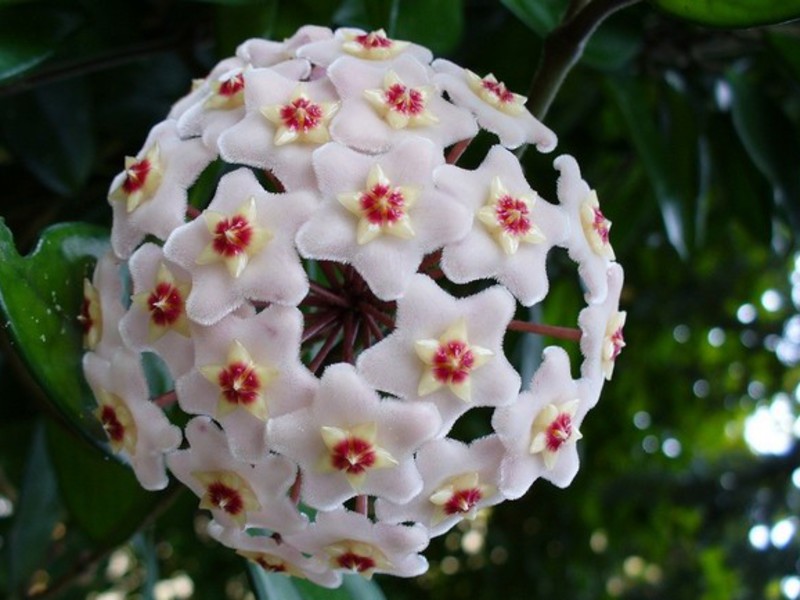
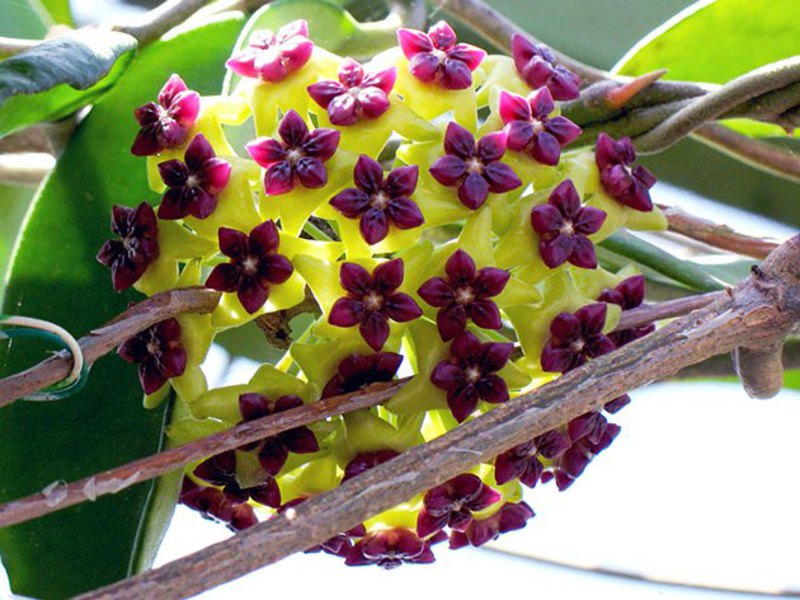
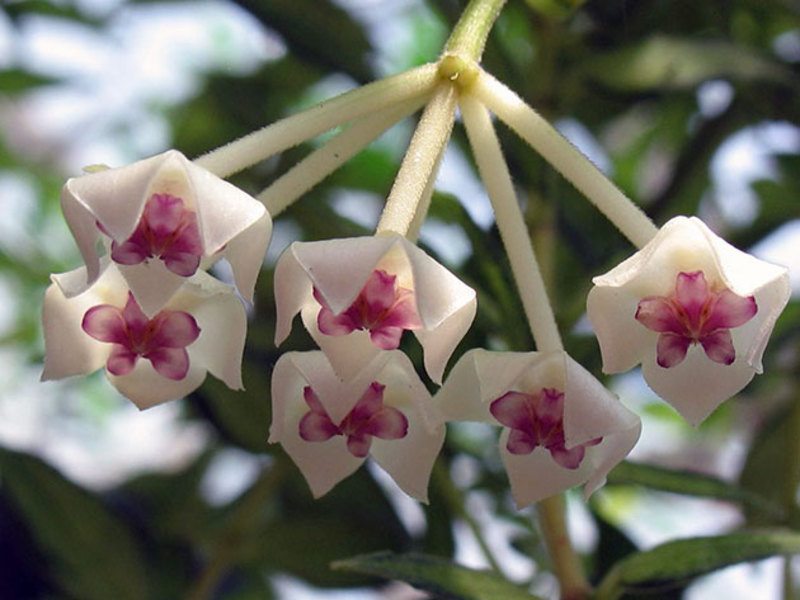

Diseases of this climbing plant are most often caused by a deficiency of nutrients or light, as well as excessive watering. For instance, due to lack of moisture, leaves of irregular shape can form... With excessive watering and sudden temperature fluctuations, the plant infects the fungus.
Wax ivy in many cases affects infectious diseases caused by viruses, fungi and bacteria. If a black, white or gray bloom appears on its leaves, then most likely there are fungal spores. Due to microorganisms, still rot may appear, wilting and mottling. The flower can be cured by treating it with a copper-soap solution.
When a plant has root rot, it is destroyed in most cases. Of course, you can try to save the hoya with colloidal sulfur or Bordeaux liquid.
Powdery mildew can affect the leaves of a flowering liana. When this ailment appears, a white bloom forms on them. In a neglected case fungal disease covers stems and buds... To heal a flower, it is necessary to humidify the air, provide optimal care and improve ventilation in the room.
Common mistakes when caring for hoya
If wax ivy does not please with its flowering at home, then the reason may be poor lighting, improper wintering, lack of nutrients in the substrate. By the way, when pruning peduncles, hoya may not bloom for several years.
When pale and curled leaves are found, should pay attention to temperature and lighting... Such a nuisance usually arises due to excessive sunlight or too low temperature of the content.
Hoya leaves begin to fall off strongly if the air in the room is too dry. It is also possible that it was watered with cold water. Plant growth slows down most often when there is a lack of nitrogen in the soil.
Hoya wax ivy can you keep at home?
Quite often, this question arises among amateur flower growers, their doubts are associated with the omen, which claims that ivy drives men out of the house. However, a home flower does not dare anyone, on the contrary, he brings a lot of joy to the owners and is able to decorate any apartment.
By the way, there are other signs, for example, you cannot bring a cactus - the husband will drink heavily, but, despite the superstitions, many still keep him at home. But really you can not put a pot of lilies in the bedroombecause they breathe in oxygen and fill the room with carbon dioxide. People with heart problems are better off not cultivating tuberose. Also, you cannot keep a cypress in the apartment, since it creates negative energy around itself.
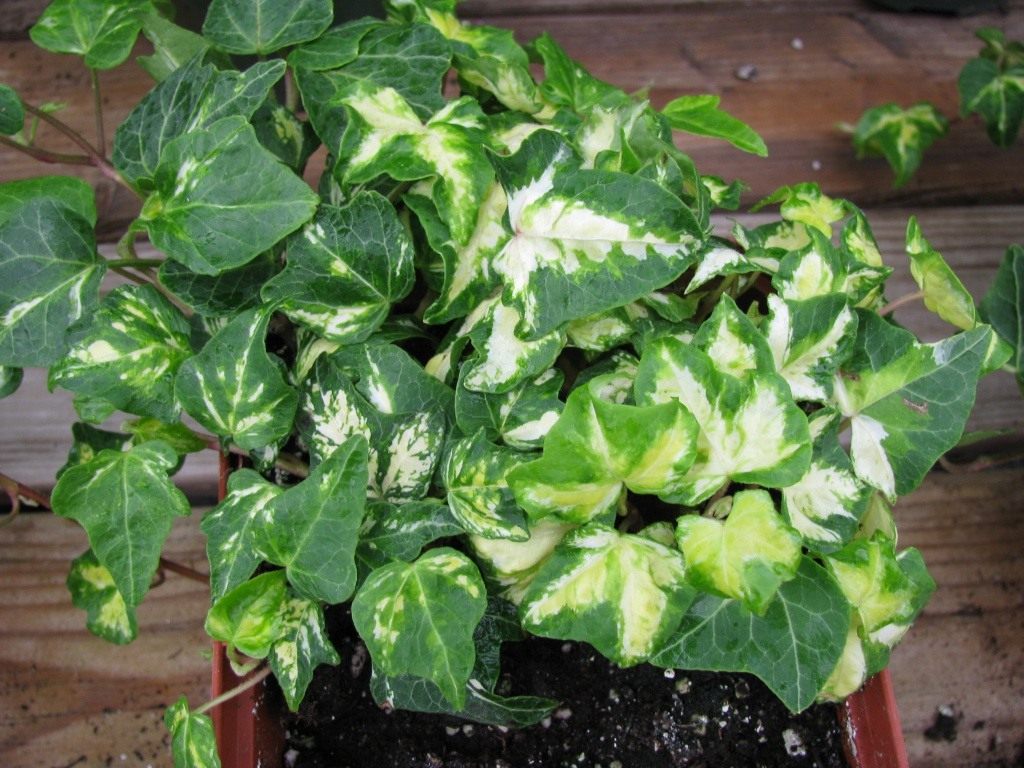
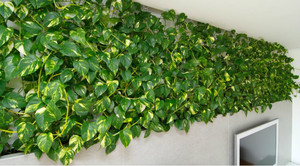

9 comments